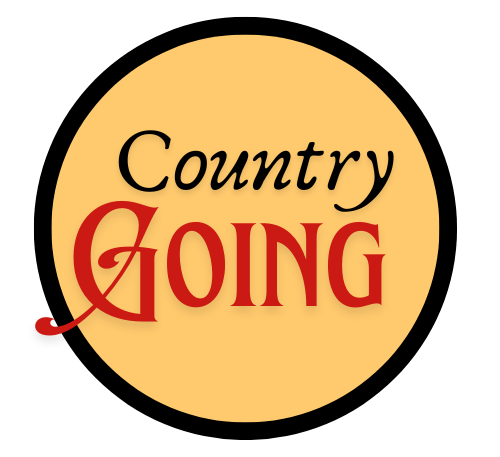Cowboy poetry reflects the rugged spirit and authentic experiences of the Old West, capturing the essence of a time when cowboys roamed vast landscapes. These verses often narrate the trials, triumphs, and daily lives of those who lived and worked on horseback. Cowboy poetry provides a window into the hearts of these horseback-riding heroes, revealing their struggles, dreams, and unyielding connection to the land.
From timeless classics like “Tying Knots in the Devil’s Tail” by Gail I. Gardner to the reflective verses found in collections like those on PoemVerse, cowboy poetry serves as a bridge connecting modern readers to the past. Whether they are recounting a day’s work or exploring the deeper aspects of human existence, these poems resonate with a raw, genuine emotion that continues to captivate audiences.
Cowboy poetry also embodies an appreciation of the natural world and a deep sense of nostalgia. As readers dive into this unique literary form, they are transported to a world where the cowboy’s life, filled with both hardship and beauty, unfolds through vivid storytelling and rhythmic verses. For anyone curious about the heart and soul of the Old West, exploring cowboy poetry is an invitation to experience its enduring allure firsthand.

Origins and Evolution of Cowboy Poetry
Cowboy poetry has deep roots in the rugged landscapes and diverse cultures that defined the Old West. Its evolution reflects the blending of various folk traditions and oral heritage that characterized the American frontier.
The Influence of the Old West
Cowboy poetry began during the long-distance cattle drives after the Civil War. Cowboys would gather around campfires, sharing stories and experiences through verse. These poems often dealt with themes such as raising livestock, taming wild landscapes, and the daily hardships of ranch work.
The nomadic lifestyle of cowboys meant their verses traveled with them, spreading across the western United States. Traditional rhyme schemes and meters were employed to make poems easier to remember and recite. This oral tradition has been crucial in preserving cowboy culture for future generations, and even today, it continues to resonate at cowboy poetry gatherings and competitions.
Folk Traditions and Oral Heritage
The foundation of cowboy poetry lies in a mix of various cultural influences. Irish storytelling, Scottish seafaring songs, Spanish and Moorish horsemanship tales, and Native American oral traditions all contributed. These diverse elements created a unique form of poetry rich in imagery and emotion.
Cowboys would pass poems down orally, with written poems serving as aids for memory. This method helped spread specific poems and styles across regions. The communal aspect of sharing poetry created bonds among cowboys and reinforced a shared cultural identity. Today, this tradition still thrives around campfires and during cowboy poetry events, keeping the spirit of the Old West alive.
Themes and Styles in Cowboy Poetry
Cowboy poetry vividly captures the essence of life on the range, the raw beauty of nature, and the blend of humor and heartache inherent in cowboy culture.
Life on the Range
Cowboy poetry often paints a realistic and sometimes romanticized picture of life on the range. Poems highlight the long days and solitary nights, filled with hard work and a deep sense of duty. Cowboys are depicted as resilient, self-reliant individuals.
This theme includes poems describing daily routines, from roping cattle to mending fences. Such works offer a nostalgic look at an era where the bond between a cowboy and his horse was paramount. The camaraderie among cowboys also shines through, emphasizing trust and friendship essential for survival.
Nature and Wilderness
Nature plays a pivotal role in cowboy poetry. The wild, untamed landscapes of the American West are not just backdrops but characters in the poems. Descriptions of wide-open prairies, rugged mountains, and relentless weather conditions are central.
Poems delve into the awe and reverence cowboys feel for their surroundings. They capture moments like a breathtaking sunset over a canyon or the eerie silence of a starlit night on the range. These natural elements are presented as both beautiful and dangerous, reflecting the duality of the cowboy’s existence.
Humor and Heartache
Cowboy poetry seamlessly blends humor with heartache. Many poems use wit and irony to detail the lighter side of cowboy life, such as mishaps during cattle drives or playful banter among cowboys. This humor provides relief from the hardship and isolation of the range.
Conversely, heartache manifests through themes of loss, loneliness, and longing. Poems often touch on unrequited love, the sorrow of leaving family behind, or the grief of losing a trusty horse. These emotional elements add depth, showcasing the cowboy’s vulnerability alongside his toughness.
